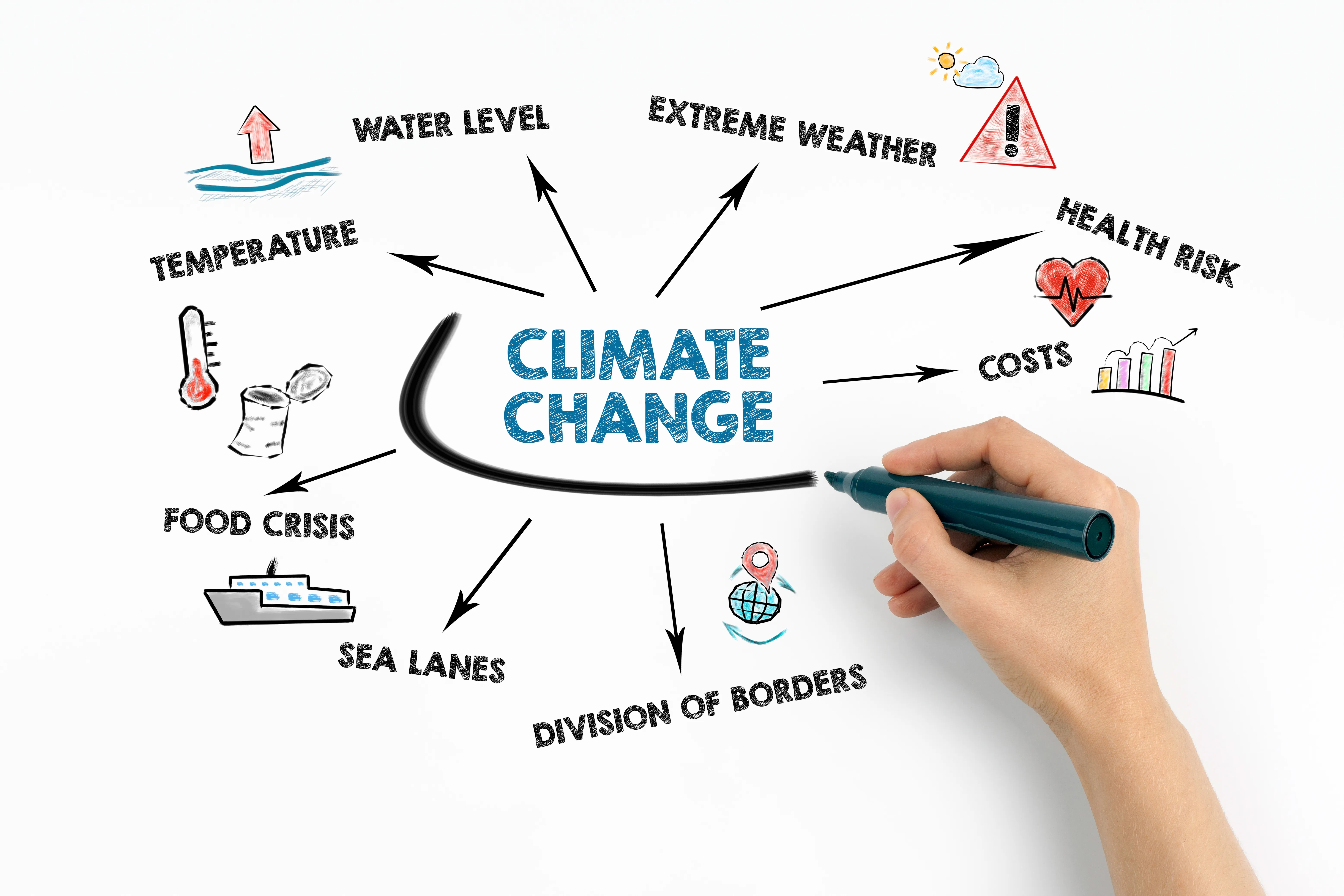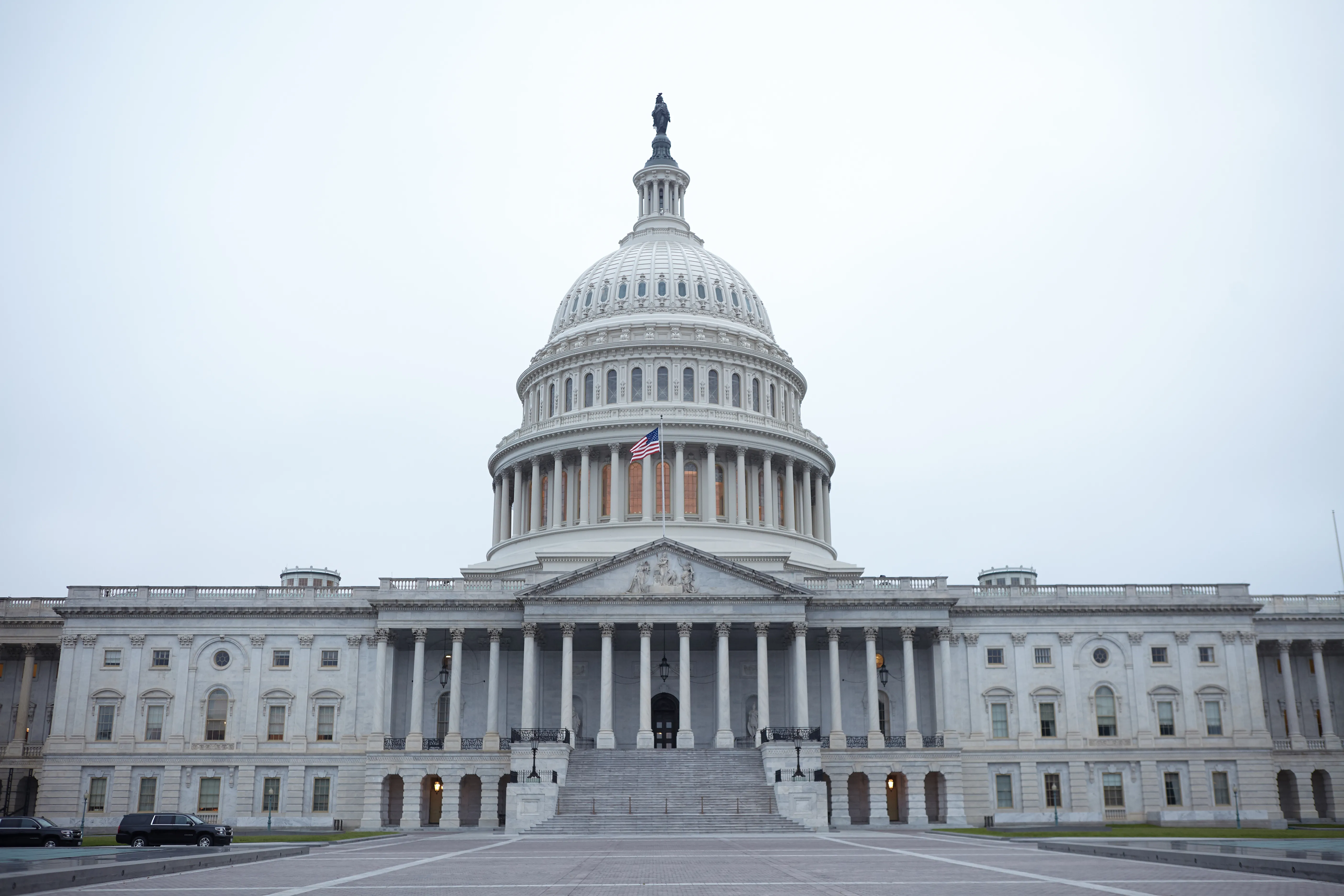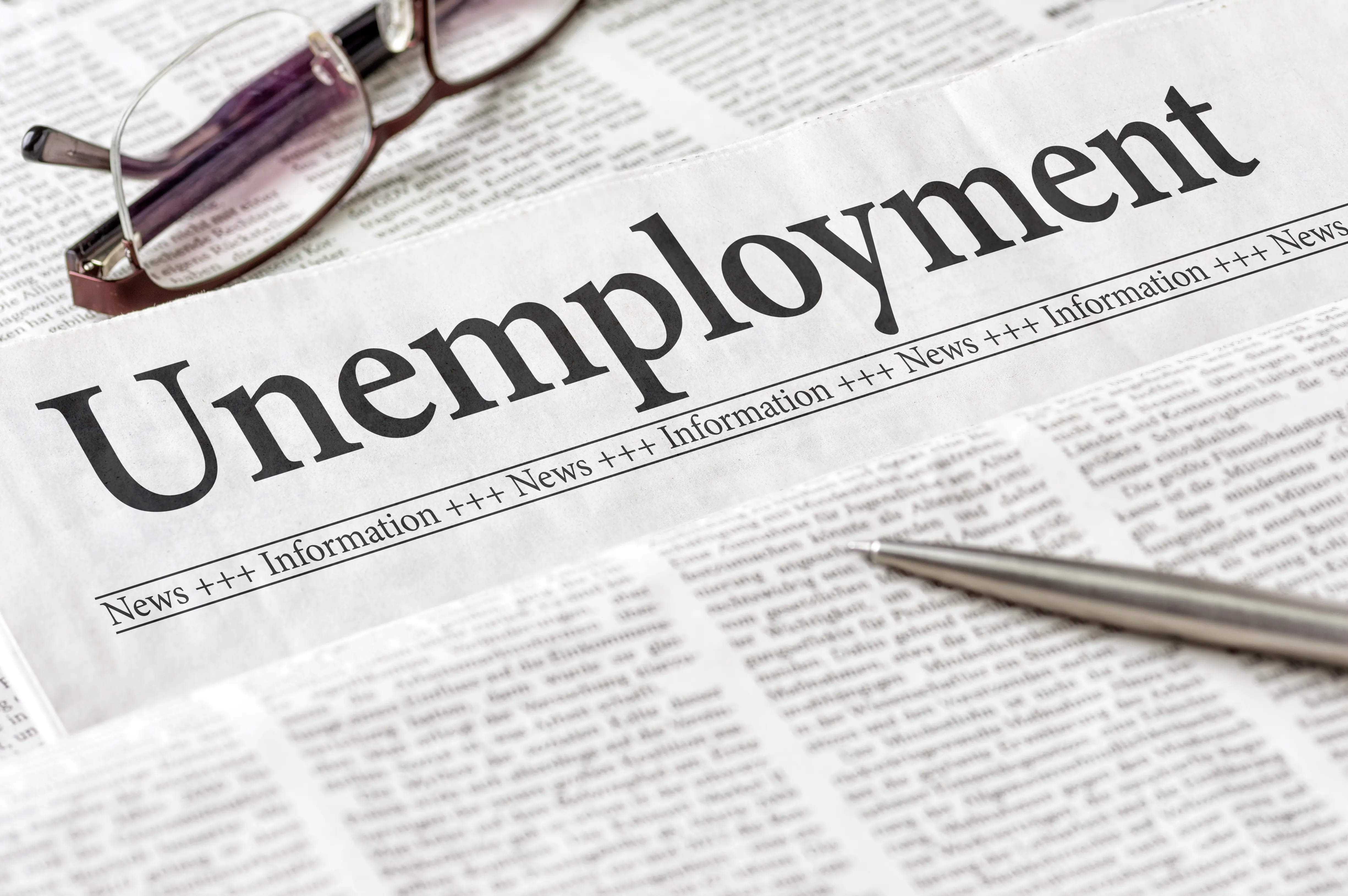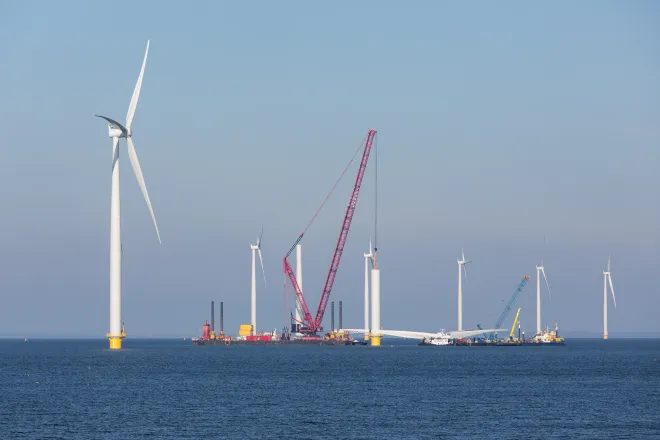
Study: Demand for green jobs in Texas twice the national rate
(Texas News Service) As home to more than 4,700 companies engaged in energy production, transmission, exploration, supply, and technology, Houston has long claimed the title of "The Energy Capital of the World."
Oil and gas have been at the economic heart of the city and surrounding region since the massive Spindletop oil find in 1901 ushered in rapid expansion of the industry and led to Texas' dominance in the energy field in the 1940s.
But, with the ever-growing focus on renewable energy, the Houston region wants to be known by another moniker: "The Energy Transition Capital of the World."
"This is the industry that is going to have to lead the transition to a low-carbon world," says Peter Beard, SVP regional workforce development at the Greater Houston Partnership. In 2020, the Partnership made that mission a priority, forming the Houston Energy Transition Initiative (HETI).
There's a lot at stake. In a 2021 report, HETI estimated that the region could lose as many as 650,000 jobs "if no action is taken to respond to the changing energy landscape."
Action means opportunity.
The green economy is a job creator
You may be surprised to learn that Texas - home to four of the country's 10 largest cities - already leads the country in renewable electricity production, with about 26.5% of the electricity generation in the state coming from renewable sources, according the U.S. Energy Information Administration (EIA).
With the committment to embracing renewables such as solar and wind, and circular energy production and technology, there are potentially tens of thousands of green job and career opportunities - many of them requiring very little upskilling - in the region and in the entire state.
In our newly released Green Jobs Now: Texas report - a WorkingNation and Lightcast analysis of the green labor market in the state - we find that the green workforce in Texas is already large and is growing.
Our report estimates there were over 127,000 workers in the Texas green economy last year, with nearly 44,000 new jobs openings posted by the end of 2022.
Employment demand for green jobs will increase an estimated 11.7% over the next five years, according to the WorkingNation-Lightcast report, far above the national average of 5.5%.
Texas has a workforce well-positioned to fill those jobs. The report estimates there are more than 4.4 million workers in the state who could be upskilled into the green jobs, directly and indirectly.
"These workers come from a variety of different occupations and educational backgrounds and reskilling them could the pipeline of green workers faster than relying on new postsecondary graduates alone," the report states.
"There's this longer pathway as we think about what is the existing energy industry doing to lower its carbon footprint through adding technologies to their existing work," says Beard.
"Think about the technologies that we're putting out on the table in terms of carbon capture utilization and storage and being able to put it back into the ground, or having a hydrogen hub that's developing and delivering green hydrogen."
He adds, "And think about those facilities, which are similar to our petrochemical facilities, need to be built and maintained. The indirect jobs related to the industrial construction side in the energy transition are going to be critically important."
"We are not getting rid of petrochemicals anytime soon. We're going to need to use LNG as a bridge to get people out of other technologies like coal. So how do we make use of natural gas, which emits less carbon, to support the transition. There are these origin jobs. They're going to change and adjust as as we add low-carbon technologies into the existing industries. But then there are going be new industries like hydrogen which are the destination," says Beard.
As the new technologies grow, he says, there will be new opportunities created and barriers to entering the field can and should be lowered. "You look across the value stream and look at jobs that have lower barriers to entry, that don't require four-year degrees and probably don't require two-year technical degrees. These are [entry-level] roles that could be accessible to disadvantaged communities."
Houston: Engaging the younger generation
"We focus on how we prepare ourselves for the future," says Olivera Jankovska, the director of education for the city of Houston, the largest city in Texas and the fourth-largest city in the country.
"Our mayor Sylvester Turner really focuses on ensuring that we stay at least five years ahead of what's needed in this economy."
"He's challenged each and every single department - whether it's those that deal with youth or with development of communities or with resilience - to focusing on what will the community need five years from here for our economy to continue growing," says Jankovska.
She says that as the city prepares itself for the future, there is a lot of thought given to the green economy, jobs, and energy transition.
As it turns out, Houston is the largest municipal purchaser of green power in the nation, with more than 92% of the municipal electricity supply sourced from wind and solar, according to the Climate Mayors, a bipartisan network of more than 750 mayors dedicated to create climate action on a local level. Mayor Turner was the first chair of the group and is now chair emeritus.
"We're moving away from the traditional coal, oil, and gas into a renewable, tech-based, efficiency-based economy. There are so many opportunities for efficiencies, right? EVs. Electricity. Our buildings. We are well positioned, not just for the training aspect of it, but to meet that demand," she adds.
Jankovska says the city is focusing on training the city's youth to fill these roles. "The jobs that are needed are going to have youth who are trained today for the next 5, 10, 15 years of the timeframe."
"Mayor Turner wants to focus on the untapped potential of young people participating in our economy. Houston is the nation's most diverse city, and it's a very youthful state. Twenty-five percent (25%) of the population is zero to 18, 37% is zero to 24. Those two are very valuable components towards developing a workforce that will bring those unique talents and ideas and will meet the job market needs," she tells me.
Earlier this month, Houston became the first city in the U.S. to be recognized as a child-friendly city by UNICEF, in part because of its focus over the past two years to exposing young people between the ages of 16 and 24 to local career opportunities.
Hire Houston Youth works with more than 600 local business to connect young people to eight-week-long internships, apprenticeships, and jobs. Jankovska says this is often the first exposure to a career the young people have ever had and it can be life-changing.
"Our focus for the last two years has been STEM and medicine, IT, and green jobs. For each, we had a minimum of 1,000 placements goal and I know for a fact that in all three we have exceeded that goal."
"An invested person is an interested person. So, if it's focused on carbon capture, we'll find the methods and ways to engage the youth and enlightenment about carbon capture and place them into an eight-week program. After those eight weeks, it's 'Look at that. It looks like there is a career that I don't need to go to a four-year college for and I can still get a six-figure yearly salary.' That's the mentality that we want to cultivate in the community," Jankovska concludes.
San Antonio: Employing the marginalized community
During the height of COVID, San Antonio - the nation's seventh-largest city - was making national news for the length of its food bank lines.
"So many people were impacted when businesses had to close down. People were really, really hurting financially," explains Mike Ramsey, the city's executive director of workforce development.
"The city stepped up to the plate - Mayor Ron Nirenberg and the city council - and they put a proposition on the ballot to fund workforce development for our city. Out of that was birthed the Ready to Work initiative." Ramsey oversees the program.
Ready to Work is a $200 million program designed to put people to work locally. "We have some lofty goals. We want to get 28,000-plus people into education and training programs, and get at least 15,600 of those placed into high-quality jobs in in-demand sectors, including clean energy," he adds.
San Antonio's role in the state's transition to clear energy is substantial, with a number of wind companies headquartered in the city. OCI Solar Power develops utility-scale solar energy for communities around the country and partners with the local utility company to provide electricity for San Antonio. Mission Solar is a big manufacturer of solar panels.
"Employers are expanding and growing in the clean energy space. So that they can have the talent they need to meet their business needs, we're partnering with our local community college and employers on training. We're trying to make that connection so that the people who need to benefit the most in our community are equipped with those cutting-edge skills and abilities and certifications that they need to fill those jobs," according to Ramsey.
To that end, San Antonio is also partnering with the National League of Cities to develop pathways for some of its marginalized community members in its highest poverty areas to make them aware of of the opportunities in the sector.
"Solar installers are in high demand with local contractors as companies are attempting to meet the demand for both residential and commercial applications of solar technology."
"On the manufacturing side of the house, the attention to detail, the quality control, and quality assurance are skills that are necessary and needed to fill that space," Ramsey tells me.
He adds, "As you look at the electric vehicle charging infrastructure that is aligned to federal initiatives, you need the workforce in place that is qualified and certified to both install and maintain those EV charging stations. As that infrastructure continues to be built out, it's another critical skillset that community members need to obtain in order to be able to accomplish those goals."
Ramsey points out there are many job seekers and workers who already have some of the basic skills for the industry; they just need a little extra training or certifications.
"Licensed electricians might need a specific certification in order to install the charging stations, so as an additional credential they can add to their toolbox to be able to meet the contractor demands for getting that work done. There are also some transferable skills for people who work in other industry sectors that can benefit the clean energy space. We are identifying what those skills are and which occupations provide this most seamless transition over into clean energy so that we can provide that roadmap for potential employees within the sector."
Ramsey says there has already been progress in the Ready to Work program, with hundreds of people placed in jobs with a median wage of $18 an hour to start. He sees developing this pathway in the green energy sector as essential to the city's and its residents' economic health.
"Being a high-minority, low-educational attainment rate population is something that we are trying to drastically shift. Mayor Nirenberg and the city council are intentional about wanting to change that narrative and shift the trajectory of the people in our community here. And partnering with employers in industry sectors like clean energy, that have good-paying, family-sustaining jobs, is going to be the key ingredient to putting people on a path to economic stability."
Dallas: Economic mobility through access
Dallas, the country's ninth largest city, also was hit hard by the economic fallout from the pandemic.
Fourteen-point-three percent (14.3%) of Dallas County residents lived below the poverty line in 2021, according to the most recent statistics from the U.S. Census Bureau. That was down slightly from 14.6% the previous year.
Disrupting poverty through green career training and community education is at the heart of Green Careers Texas, founded as Green Careers Dallas in 2016 by executive director Tracy Wallace.
"I have a strong passion for that intersection of economic justice, racial justice, and environmental justice. Our program sits in the lowest-income zip code in the city of Dallas. Here low-income means Black and Latinx," says Wallace. "All of poverty is about lack of access to... just fill in the blank."
The program is a two-day solar installation course that teaches the basics of panel deployment, and industry safety standards. It also gives participants access to employers trying to fill these in-demand jobs. Green Careers Texas has partnered with Texas Solar Industry Society, which works with low-to-moderate income communities on local solar projects.
She says the program recruits hard-to-employ individuals, including people returning from prison or with a criminal record, and readies them for a career in the solar industry. Many of the participants are referrals through their partnership with the South Dallas Employment Project.
"The populations that we're recruiting from often have been raised in the neighborhoods that have been dumped on environmentally," adds Wallace.
"When people have been raised where their health is likely affected because of environmental nonsense - whether it's concrete batch plants or a lead smelter plant in West Dallas and a chrome platting plant - it seems like those are the people that ought to benefit from green energy first as a matter of fairness and justice."
The program has expanded from the single Dallas zip code it started in to the suburbs and now Houston. The next planned addition is Austin. Wallace says she sees it making an impact.
"For people that have been vulnerable - were it for being born in a zip code that determines your health outcomes or your educational outcome - then access should be there to participate in this industry. I've watched people that enter the industry not knowing what they're going to do with their lives. And they start working in this industry and before you know it they're operations manager running the warehouse. There is a true pathway of advancement."
Austin: Equity in green workforce development
With 966,000-plus residents, the Texas capital of Austin now ranks as the tenth largest city in the country and it continues to be one of the fastest growing. By one estimate, Austin could have more than three million residents by 2030.
The city government is on a mission to make certain that growth is done in a green way. According to a report prepared for it by the University of Texas-Austin, "If forceful actions are not taken to transform the way we produce, consume and travel, the economic costs of climate change and associated effects will undermine our livelihoods and way of life."
That call to action means new career opportunities. "Our analysis demonstrates that robust growth in the green economy opens new pathways to high-quality jobs and rewarding careers for those who have historically had limited opportunities in the Austin labor market," says Michael Oden, one of the authors of the report.
Austin Civilian Conservation Corps (ACCC) is part of the city's Parks and Recreation Department. It describes itself as "the next generation Climate Corps." Its mission is to prioritize equity in green workforce development, while expanding the narrative around what a green career looks like.
"Equity is centered throughout ACCC," explains Juan Espinoza, ACCC program manager.
"The history of green workforce development has primarily been accessible to whiter, wealthier communities, despite much of the work being done in communities of color. ACCC works to provide these same opportunities so that the future of the green workforce has people from the communities in which much of the work is done."
ACCC Internal Pathways is a cross-departmental effort that consists of 53 temporary staff positions hired as individual placements within specific green job fields within the city of Austin. Most of the participants are from Austin and have graduated from high school. Some participants are in college while others are considering their next steps.
"These ACCC members and specialists gain exposure to environmental careers through hands-on experience, job shadowing, mentorship, career portfolio-building, and exposure to equity-based green workforce curriculum," adds Espinoza.
"Job placement after their term is a main focus. The specialists are people who have successfully matriculated through the program who serve as team leads for the newer members and work to expand their pathways."
Espinoza says that internships and experiential learning opportunities have been proven to have significant impact on the future career paths of participants, but these opportunities have traditionally been limited to those with connections and know-how.
"ACCC members get these same benefits while being paid. Through the career development opportunities, the ACCC members have clearer paths into professional careers; opportunities many of their family members and neighbors may have never had," he says.
WorkingNation senior editorial producer Laura Aka contributed to this report.
Ramona Schindelheim wrote this article for WorkingNation.
Support for this reporting was provided by Lumina Foundation.

















